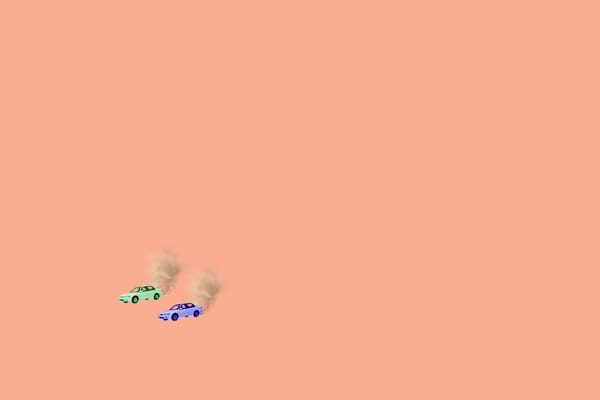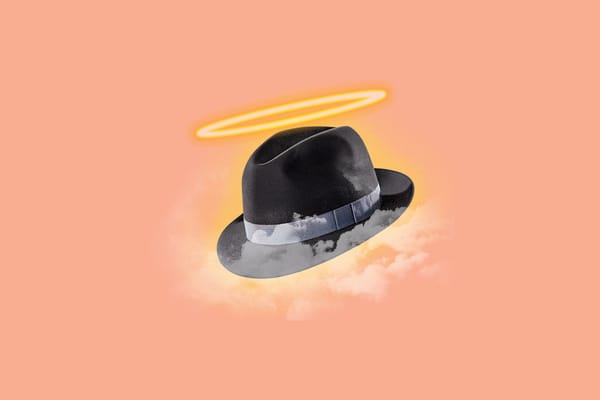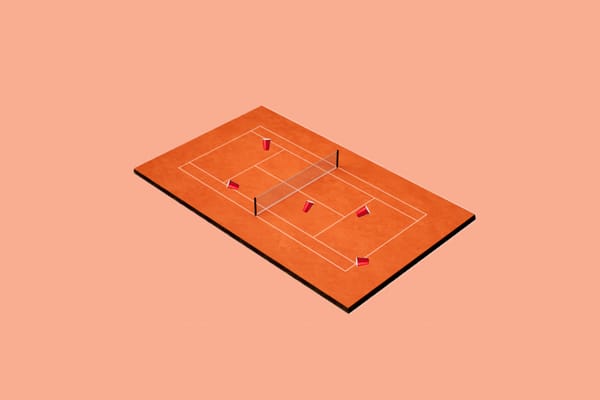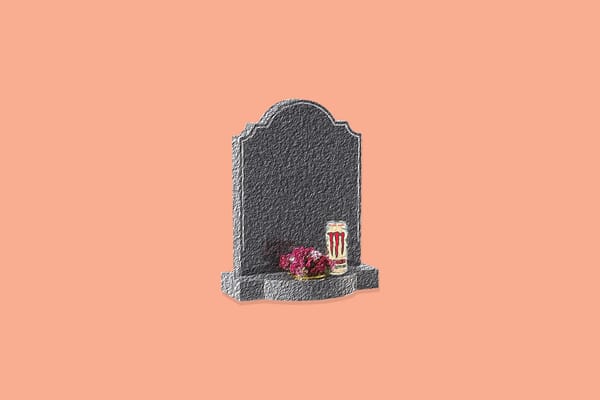Complex phenomena
On brand relationships and loyalty.
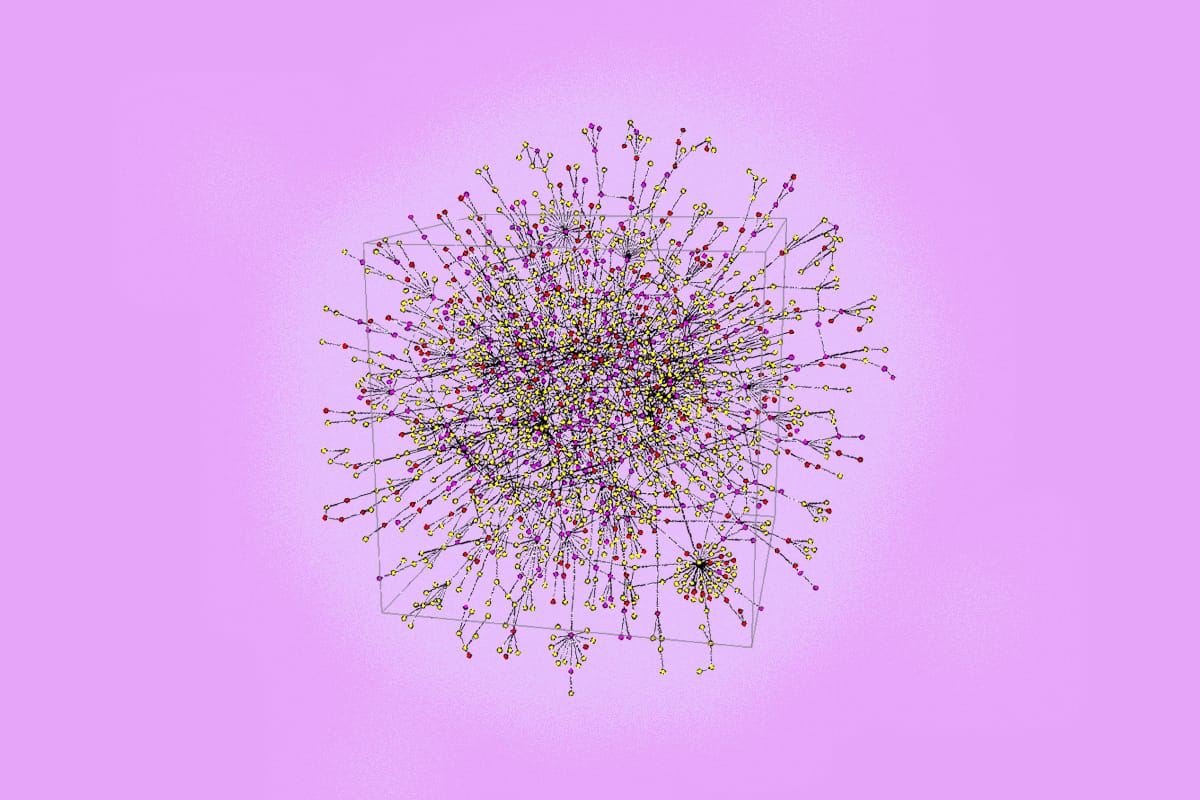
Some of my longest-lasting relationships are with brands and their products. While it might seem obscene to admit that a relationship with merchandise and its marketing is more enduring and perhaps even more fulfilling than one with a human person you’ve shared time, experience, and even love with, this is just the way we operate. We love our things and form connections with them. That isn’t new or even exclusive to us humans — your dog keeps chewing on that stick in the yard because it loves that stick. However, getting attached to specific brands is a more recent development.
Marketing has been around for as long as we’ve had things to sell, but the practice of branding was sharpened into the all-consuming lens through which we now view the world in the twentieth century. The 1950s saw marketers centring the customer’s perceived wants and needs in earnest, with market analysis and product testing becoming industry de rigueur. That personal appeal expanded as “societal marketing” took clearer shape in the ‘70s when companies focused on positioning their products as offering a vague communal good, whether appealing to social issues, environmental movements, and so on.
Then came “relationship marketing,” the practice of making overt ploys for customer retention by developing or alluding to the real or invented benefit of repeat purchases as a connection shared between person, product, and brand name. A “relationship” that helps the consumer define themselves, whether through status, taste, comfort, or effect.
In 1998, researcher and marketing professor Susan Fournier helped articulate the popular understanding of those brand relationships with the breakthrough study “Consumers and their Brands.” In a retrospective interview with The Atlantic in 2012, Fournier explained that “As early as the 1950s, Harvard Business Review ran articles, including ‘The Product and the Brand’ and ‘Symbols for Sale,’ that called attention to the unacknowledged fact that brands were meaning-laden symbols that communicated important things about people and their worlds.”
But it wasn’t until the “1980s when consumer behavior sociologists and anthropologists urged researchers to look beyond cognition to understand deeper the socio-cultural stories behind the products that people buy and use.”
Most of us are familiar with and have these stories ourselves, often so benign they go unnoticed. I’ve used Old Spice “Original” deodorant since I was first made aware as a near-pubescent child that smelling bad was not ideal. This blue stick of congealed smell has had subtle shifts in name and aesthetic over the years but has remained a constant in my life. In an olfactory sense, it is inoffensive, nearing pleasant and somewhat refreshing — a background aroma that has become the official scent of me. It’s what I should smell like. Since the early months of 2020, if I’m ever feeling under the weather and concerned I’ve contracted COVID-19, I take a deep whiff of my armpits as a pre-test test. If I don’t smell me, a test-test is surely needed.
That is far from the only brand and product I’ve become entangled with. Years ago, my dentist suggested that I use Sensodyne ProNamel to repair and protect the slow decline of my teeth’s enamel layering. It’s the only toothpaste I’ve purchased since. I even go out of my way to buy it, trekking to the local drugstore on a separate stop since my usual grocer doesn’t carry it. The goo in that tube is a reassurance. I believe the words on its box and trust in it to protect the precious utility of my mouth. Has it actually repaired and protected said enamel? I couldn’t tell you.
That’s the promise of a strong brand: it can either add to, maintain, or improve some aspect of your life. A large part of that is the perceived quality of its product, but the personal connection is just as important. Whether warranted or not, your belief in its impact shapes your relationship.
Consider Jessup Griptape. To me, that’s the preferred grip to slap on top of a skateboard. It's a no-frills, family-run company that doesn’t use gimmicks like perforation or hokey graphics to stand out because it is, as its station in the market would lead us to believe, the best offering in its field. I’ve become so attached to the humble brand and its product that it’s upsetting if my local skate shop runs out. I was recently nudged out of my stupor of allegiance after setting up a new board topped with my favoured grit-and-glue paper. Even with fresh shoes on, it felt different. Not slippery, exactly, but also not grippy in the way I needed it to be and was used to. Was this an anomaly or a new future? I sensed a fracturing. I began to consider the once anathema concept of alternatives.
When you have a long-term relationship with someone or something, you notice the subtle shifts in your established rhythm. Perhaps the gaps in conversation with a lover grow longer and harder to fill or there’s an unfamiliar rattling sound coming from the depths of your Subaru. This is true of nearly anything you’re in relation with, even the road you drive your flagging Forester on.
I’ve lived in my apartment for over a decade. It sits on the corner of an intersection notorious for fender benders. I know this because I routinely hear them and then step out onto my balcony to witness the aftermath. I’ve kept an unofficial tally. Most years, I’d hear that screech and bang at least once a month. However, in the last year and a half, something changed. The frequency increased. Two or three times a month, I’d find myself rubbernecking over the balcony railing.
It wasn’t until the Insurance Corporation of British Columbia (ICBC) released its 2023 traffic accident data that the anecdotal bore out into reality, as reported by the Georgia Straight: “In 2022, there were 13 accidents at the intersection… this number escalated to 22 in 2023. The number of accidents involving a pedestrian increased from zero to one.”
What precipitated this? Presumably, a city-wide project to install “banana barriers” at collision-prone intersections to “slow” traffic. Which, at least from what the data has shown so far, has increased the number of traffic accidents, including outside of my apartment building. The routes we travel become so familiar, our relationships so set, that a relatively minor tweak to the neighbourhood can become a hazardous affront. The inanimate animates something inside of you. The body knows when the griptape is not as grippy. The taste of New Coke outrages the public, per Britannica:
“...it was considered a national disaster. New Coke ads onscreen at the Houston Astrodome were booed, and original Coke was hoarded or sold at Prohibition-style prices. In addition, New Coke was dumped publicly into the sewers in Seattle. After 77 days the previous version of Coke was brought back as “Coca-Cola Classic” on July 11, 1985. The Coca-Cola Company lost millions in research and advertising costs but gained three times as much in free advertising. Indirectly, New Coke strengthened the company’s position atop the commercial “beverage tree,” which conspiracy theorists say had been the plan all along. CEO Roberto Goizueta denied the charge, claiming “We are not that smart and we’re not that dumb.”
Our relationships with the inanimate can be as unpredictable as those with the living. Attaching a brand name to them adds a whole other dynamic. Fournier told The Atlantic that her research showed marketer's designs don’t often come into play when it comes to a person’s relationship with a product. “We learned that the essence of a given brand was not an inherent property of that brand as defined by marketers and reinforced in a 30-second ad. People's life projects, identity tasks, life themes, current concerns, cohorts, etc. provide the lenses through which brands come to have meaning.”
According to Fournier, “Brand relationships are very complex phenomena, much like human relationships. Marketers tended to think only of strong versus weak connections, wherein consumers were passionately committed for the long-term.” She goes on to liken brand relationships to everything from "marriages… best friendships, childhood friendships, and flings.” Fournier also notes “negatively-toned relationships” like “dependencies, abused spouses, master-slaves, and adversaries.”
Skateboarding culture is almost wholly defined by consumers’ relationships with brands, as the majority of skateboarding's creative output is advertisements in the form of skate videos or magazines whose articles are historically centred around what a brand and its team riders are doing. The way those skateboarders carry themselves — how they skate, dress, or act — becomes a product itself and an identity to buy into.
If you are steeped in the media and marketing of skateboarding, when someone asks you to picture a “Zero” skateboarder in your mind’s eye, you will inevitably conjure a figure in tight jeans and a ripped band t-shirt grinding down a perilously large handrail on their skateboard, à la the well-documented aesthetic stylings of someone who is sponsored by and represents Zero Skateboards. The same can be done with Antihero Skateboards (regular-fit Dickies and plain white t-shirt carving in the deep end of a bowl), DGK (baggy pants and tall tees performing technical ledge skating), or newer brands like Frog (cropped and semi-ironic graphic tees and ill-fitting [large or small] pants skating "creatively"). Almost as a matter of tradition, skateboarding’s niche subgroups become branded and, in turn, demographics worth marketing to.
Those consumers generally align with a chosen brand to signal their identity, and brands market to those consumers because they are (hopefully) consistent in their spending. The two then adjust, back and forth, as trends evolve, like clumsy, interdependent dance partners.
However, rigid brand performance and loyalty have softened in and outside of skateboarding in recent years. Whether it’s the decline of traditional media, which helped shape previous brand narratives, the rise of social media that ushered in a flood of organic user-led trends, or any number of other factors, things have become much more fluid. Cross-pollination of influences is more common and accepted. That's forced brands to adapt. There are now skateboarders on Zero’s roster whose dress and skating would fit right in on DGK. DGK rider Dane Vaughn dresses like country-era Post Malone and Kevin Federline ran into each other really fast.
If you want to believe profit-obsessed outfits like Deloitte or market research firms like Sitecore, “the global leader in digital experience management software,” they’re convinced that the “orthodoxies of customer loyalty and retention” were broken by the COVID-19 pandemic and that “57% [of Gen Z customers] are less loyal now to brands than before the pandemic.” If true, what does it mean that it took a globe-spanning plague to shake people from the yolk of decades-long marketing efforts? Did isolation and the low hum of societal collapse allow consumers the distance to reevaluate what was important to them? Was it a reminder that there is meaning beyond the logos on specific cuts of jeans? Or is this lack of loyalty to brands in itself another trend?
Whatever’s changed, I’ve felt it. Like the less grippy griptape or the increase in vehicle collisions at my intersection, the practiced hand can discern a difference of an ounce. Over the last few months, this has taken on a more intimate silhouette.
I’ve been a dedicated wearer of Vans footwear for the better part of twenty years. A faint waffle-grip pattern could be found in my wake for most of my adult life. When my body allowed me to jump down stairs, I used to do it in leopard print slip-ons. Old Skools have been my go-to since the end of the George Walker Bush administration.
It’s not like I’ve never strayed — a pair of New Balances here, some Last Resorts there. I once tore my ACL while skating in a pair of adidas, whom I like to blame the grievous injury on. None of those dalliances felt like a feasible replacement, though, just something to lace up in the meantime. That’s because I’d been thoroughly indoctrinated. I believe Vans to be the skateboarding shoe. It has the history, legacy, team, and proven dedication to the sport. The son of the company's namesake commutes in a wheeled SK8-Hi.
In my youth, I had even been “shop flow” for the footwear giant, a few boxes of garishly patterned, unsellable slip-ons making their way to me every other month; this effort employed to build report with a seller and on the off chance their team rider might become a marketable talent (not even close, on my account). As a consumer, how do you question a relationship like that?
Unfortunately, just as I’d always suspected: you get Nikes. A viable alternative — a single pair of GT Blazer Lows — was all it took. It is simply a great shoe. A bit slim for feet as wide as my own, but its durability, attractive profile, and ample board feel while protecting my dogs, which have never not been barking after a session in Vans, cannot be questioned.
This is not an endorsement of the athletic shoe behemoth as a company. They are an organization with a detestable track record on human and labour rights. Their approach to running and marketing their skateboarding arm vacillates between the legitimately fantastic and frustratingly aimless. That doesn't change the fact that they make a quality product. They have the resources, so this is no surprise.
However, in the aftermath of succumbing to this Truth, the new reality, beyond my feet not being in regular pain, is that I’ve found no other resonance with Nike’s brand or product. Our arrangement is transactional at best. I do not feel “cooler” in Blazers than in Old Skools. I’d rather wear Hoka’s in my day-to-day. I have a far greater attachment to my deodorant.
How would Fournier describe the state of these relationships? Is Vans the long-term partner you’re no longer with but still have great love and respect for? Is Nike a skilled contractor who does a predictably good job renovating your bathroom?
Noah Johnson, GQ’s Global Style Director, wrote about Vans’ 2024 resurgence as a trending brand on social media and our commitment to brands as a whole.
I do believe in the archaic concept of brand loyalty. Particularly when it comes to footwear. I just don’t trust a person who will go out and buy a new pair of sneakers from a different brand every time. That’s a sign of an undiscerning shopper. I think it’s fine to be loyal to multiple brands—and at times we have to make the decision to cut ties with a brand that no longer serves us. But in general we should be buying from brands with resilience and integrity and not allow our tastes to be so malleable that we’ll hop on and off the bandwagon at TikTok’s every whim.
While I mostly agree, I find the idea of a brand having integrity a provocative one. I’m not sure it’s possible for a corporation beholden to shareholders and earning projections to have integrity, but perhaps my choice to buy into that illusion is why I can remain wistful about a Sidestripe and not a Swoosh — Vans has just been more successful at selling me that story.
It’s obscene to find so much meaning in one’s relationship to merchandise and its marketing, but is it any more so than what we use those products for? Last week, I sat on the pavement, both palms bleeding. I had just rolled my ankle while attempting a trick on my skateboard; the force of the unnatural bend ripped open the seams on the upper of my new shoe like stitches on a wound. I wasn’t sure how to check the extent of the damage without getting blood on the white leather Converse, so I pressed my weeping hands into the ground, pushed myself up, stood unsteady on one leg, and braced myself for whatever truth was coming as I placed the other down.


